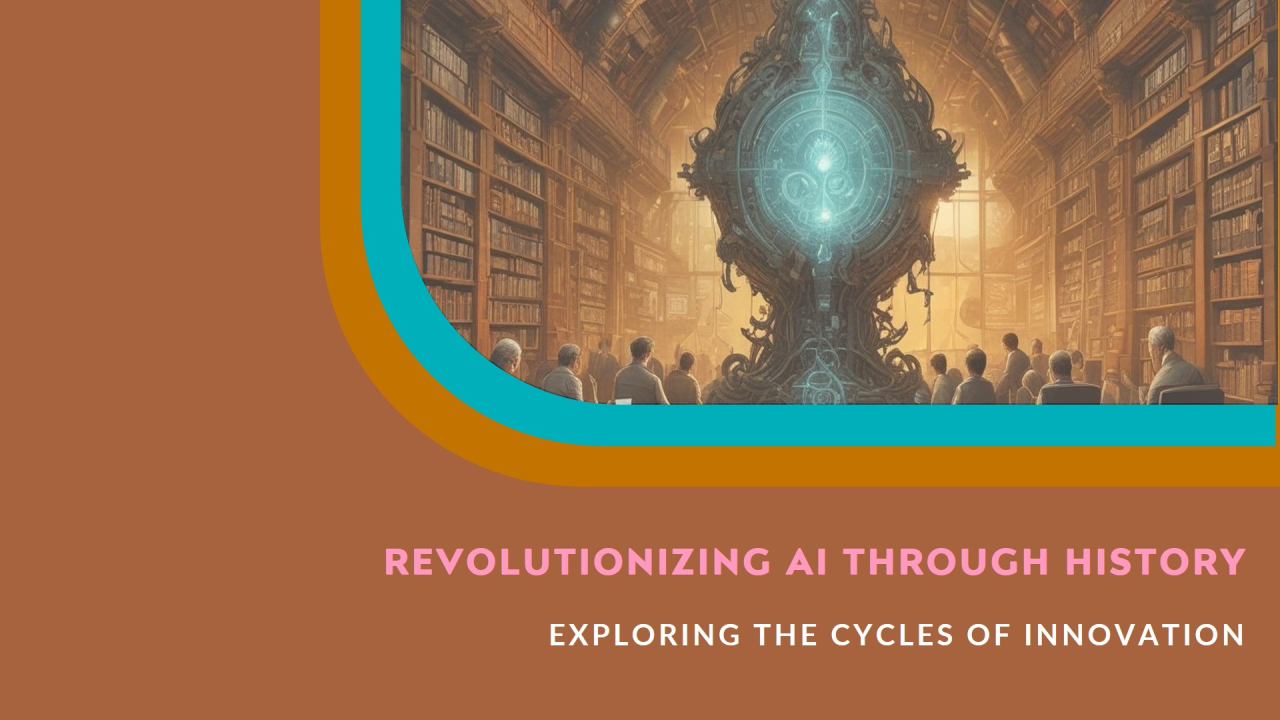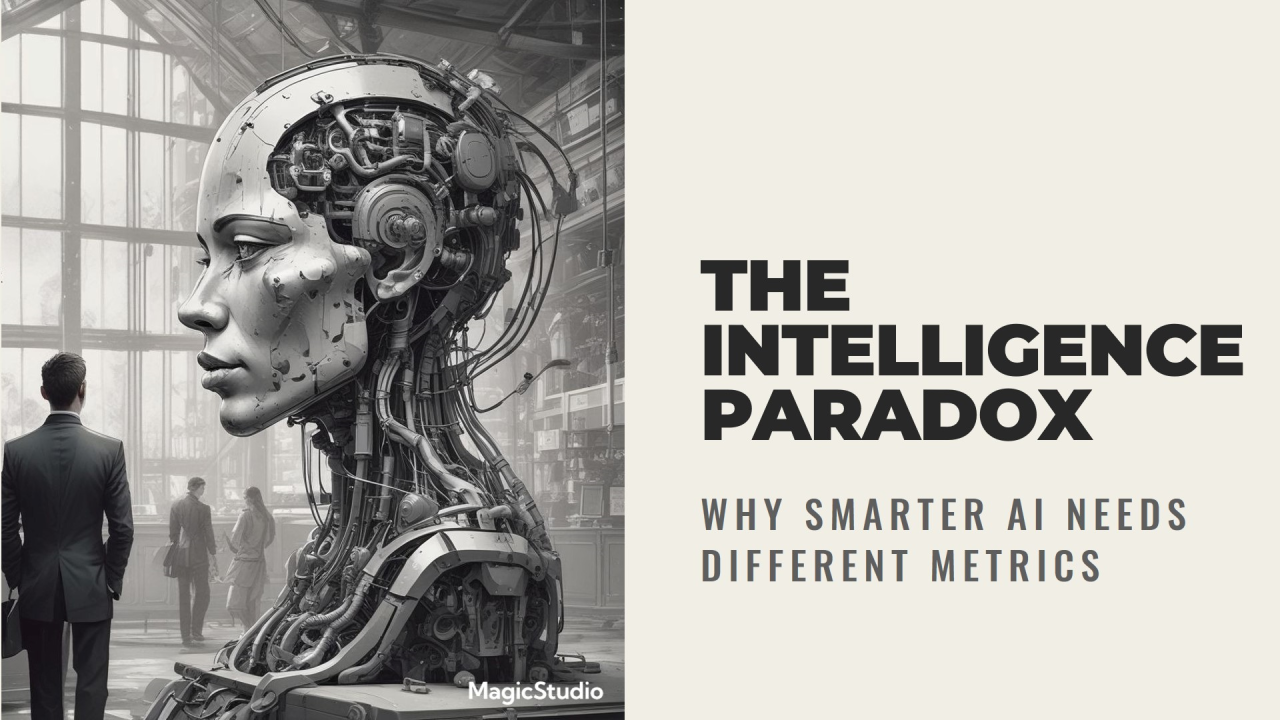In the rapidly evolving landscape of artificial intelligence (AI), language models have emerged as a powerful tool for understanding and generating human-like text. While large language models (LLMs) have garnered significant attention for their impressive capabilities, a new contender has entered the arena: small language models (SLMs). These compact yet powerful models are challenging the notion that bigger is always better, offering a more efficient and specialized approach to natural language processing (NLP) tasks.
Understanding the Difference: LLMs vs. SLMs
To appreciate the value of SLMs, it’s crucial to understand how they differ from their larger counterparts. LLMs, such as GPT-3 and BERT, are renowned for their vast knowledge and ability to generate coherent, contextually relevant text. These models boast billions of parameters and require substantial computational resources to train and deploy. While LLMs excel at handling a wide range of tasks, their size and complexity can be a barrier to entry for many organizations.
In contrast, SLMs are designed to be more compact and efficient. With fewer parameters, typically ranging from a few million to a few hundred million, SLMs can be trained faster and require less computational power. This makes them more accessible to a broader range of businesses and developers, enabling the deployment of NLP solutions on resource-constrained devices or in real-time applications.
The Power of Specialization
One of the key advantages of SLMs lies in their ability to specialize in specific domains or tasks. While LLMs are trained on vast amounts of diverse data, SLMs can be fine-tuned using smaller, domain-specific datasets. This targeted training allows SLMs to develop a deep understanding of the intricacies and nuances of a particular field, making them highly effective for specialized applications.
Consider the healthcare industry, where the accurate understanding and generation of medical terminology are paramount. An SLM fine-tuned on a curated dataset of medical literature and patient records can outperform a general-purpose LLM in tasks such as medical document summarization, patient-doctor dialogue generation, or clinical decision support. By focusing on a specific domain, SLMs can achieve higher accuracy and generate more relevant and contextually appropriate outputs.
Similarly, in the legal domain, an SLM trained on legal documents, case law, and contracts can assist lawyers and legal professionals in tasks such as contract review, legal research, and drafting legal opinions. The specialized knowledge acquired by the SLM enables it to understand and navigate the complex language and concepts specific to the legal field, providing valuable support and efficiency gains.
In the financial services industry, SLMs are proving to be game-changers, specifically in asset management, banking, and insurance. For example, in asset management, SLMs trained on historical market data, financial news, and analyst reports can assist in optimizing investment portfolios. By analyzing vast amounts of financial information, these models can identify trends, predict market movements, and provide data-driven insights for asset allocation strategies. Moreover, SLMs can be fine-tuned to assess and quantify investment risks by analyzing financial statements, company reports, and macroeconomic indicators, helping asset managers make informed decisions by identifying potential risks and opportunities in real-time.
In the banking sector, SLMs can be trained on transaction data, customer behavior patterns, and historical fraud cases to detect and prevent fraudulent activities. By analyzing patterns and anomalies, these models can identify suspicious transactions and trigger alerts for further investigation. Additionally, SLMs can power intelligent chatbots and virtual assistants in banking applications, providing personalized and efficient customer support. These models can understand and respond to customer queries, assist in account management, and guide users through various banking processes.
Lastly, in the insurance industry, SLMs can automate and streamline the claims processing workflow. By analyzing claim documents, medical reports, and policy details, these models can extract relevant information, validate claims, and make recommendations for claim approval or denial. Furthermore, SLMs can assist in assessing and pricing insurance risks by analyzing customer data, historical claims, and external risk factors, providing data-driven insights for underwriting decisions and helping insurers optimize risk management and pricing strategies.
The Value of Efficiency
In addition to their specialization capabilities, SLMs offer significant advantages in terms of efficiency. Their smaller size and reduced computational requirements make them more cost-effective to train and deploy. This is particularly important for organizations with limited resources or those looking to implement NLP solutions at scale.
SLMs can be deployed on edge devices, such as smartphones or IoT sensors, enabling real-time processing and reducing the need for cloud infrastructure. This is crucial for applications that require low latency, such as virtual assistants or real-time language translation. By bringing NLP capabilities closer to the end-user, SLMs can enhance the user experience and enable new possibilities for intelligent, context-aware applications.
Furthermore, the efficiency of SLMs extends to their environmental impact. Training large language models consumes significant amounts of energy, contributing to carbon emissions and raising concerns about the sustainability of AI. SLMs, with their reduced computational requirements, offer a more environmentally friendly alternative, aligning with the growing demand for green AI solutions.
The Future of Small Language Models
As the AI landscape continues to evolve, the role of SLMs is set to grow. The increasing demand for specialized AI solutions, coupled with the need for efficiency and accessibility, positions SLMs as a key player in the future of NLP.
Researchers and developers are actively exploring new techniques to further optimize SLMs, such as knowledge distillation and model compression. These advancements aim to reduce the size of SLMs even further while maintaining their performance, making them even more accessible and deployable across a wide range of devices and platforms.
Moreover, the rise of SLMs is fostering innovation and democratizing access to AI. With lower barriers to entry, more organizations and individuals can harness the power of NLP to solve unique challenges and create innovative applications. This widespread adoption of SLMs has the potential to accelerate the development of domain-specific AI solutions, driving progress across various industries and sectors.
In the realm of language models, size isn’t everything. Small language models (SLMs) are challenging the dominance of large language models (LLMs) by offering a more efficient and specialized approach to natural language processing tasks. By focusing on specific domains and leveraging targeted training datasets, SLMs can achieve high accuracy and generate contextually relevant outputs, making them invaluable for industries such as healthcare, legal, asset management, banking, insurance, and beyond.
The efficiency and accessibility of SLMs are democratizing access to AI, enabling organizations of all sizes to harness the power of NLP. As the AI landscape continues to evolve, the role of SLMs is set to grow, driving innovation and progress across various sectors.
For businesses and developers seeking to leverage the potential of language models, SLMs present a compelling alternative to LLMs. By embracing the power of specialization and efficiency, organizations can unlock new possibilities and create intelligent, context-aware applications that transform the way we interact with technology. The rise of small language models is not just a trend; it represents a paradigm shift in the world of AI, paving the way for a more inclusive, sustainable, and impactful future.




